5 Best Front Yard Trees To Boost Your Curb Appeal
Looking to sell your house or just beautify it for yourself? These five trees will kick your curb appeal up a notch.


“Increasing curb appeal” is often used to mean spiffing up your house’s exterior when you are wanting to sell. But it can also mean creating a welcoming front yard for yourself and your family. Adding trees and shrubs can make every homecoming a better one by providing natural beauty and shade to your property.
Which are the best front yard trees? While every landscape and climate is different, we’ve got some great front yard tree ideas for you to consider.
Best Front Yard Trees
All trees have their beauty and might be perfect in a particular environment. That is why it’s important to consider your home’s site and setting when choosing wooding ornamentals for the front yard. The best front yard trees are species that are happy in your location and climate and that fit your family’s needs.
But certain species seem tailor-made for front yards – offering shade and/or ornamental value in a small enough package to work as great front lawn trees. Here are 5 of our favorites:
1. Flowering Crabapple (Malus spp.)
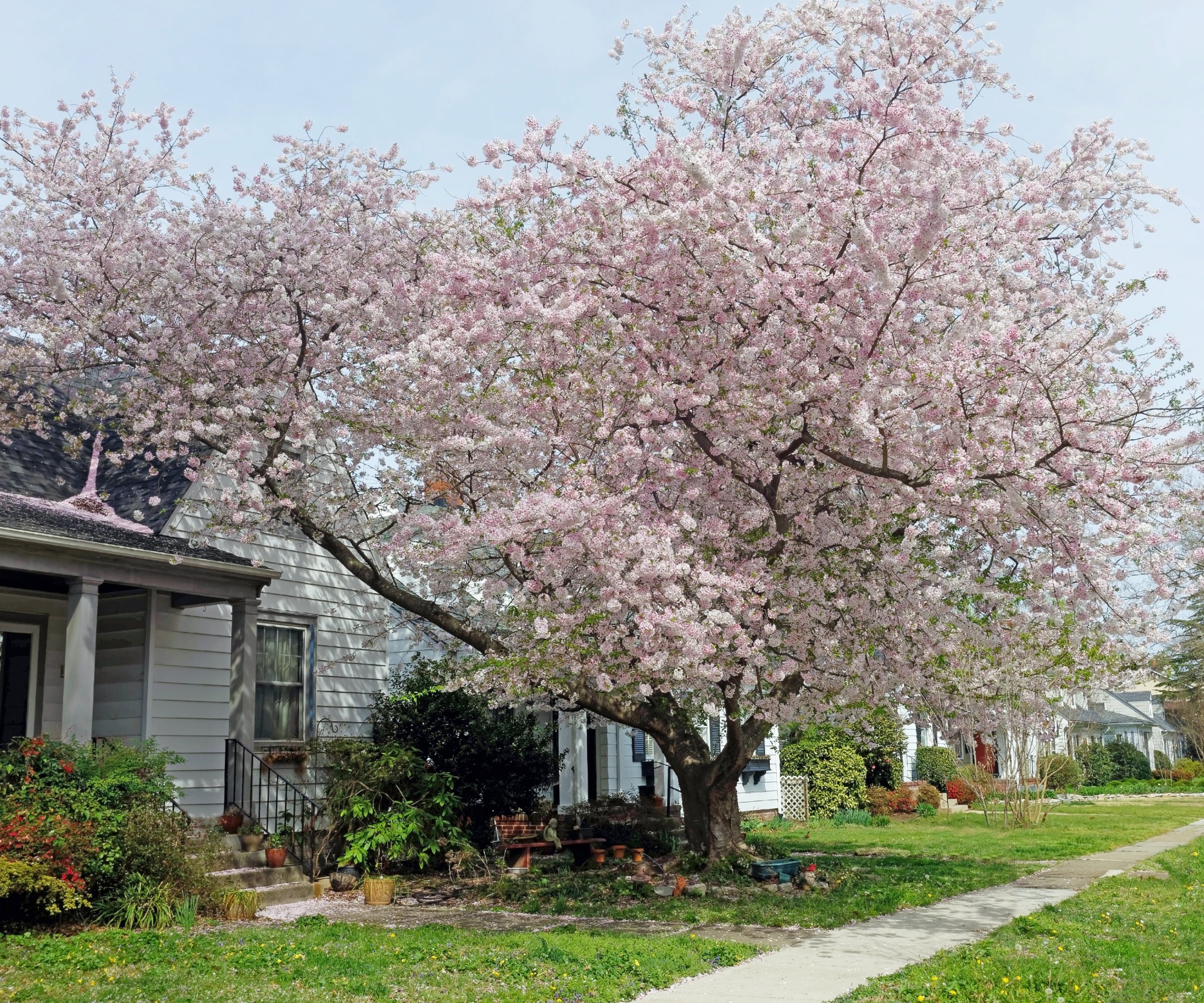
These little trees are extremely popular for front lawns because of their compact size, easy-care ways, and fragrant, delicate spring blossoms. They generally top out at 20 feet (6.5 m) tall and wide, with green or maroon leaves and a cloud of pink or white flowers at the beginning of the season. Some also offer small, tart fruit that can be used for jams or left as food for wildlife. Flowering crabapples are hardy in USDA zones 4-8 and require a full sun site.
2. Quaking Aspen (Populus tremuloides)
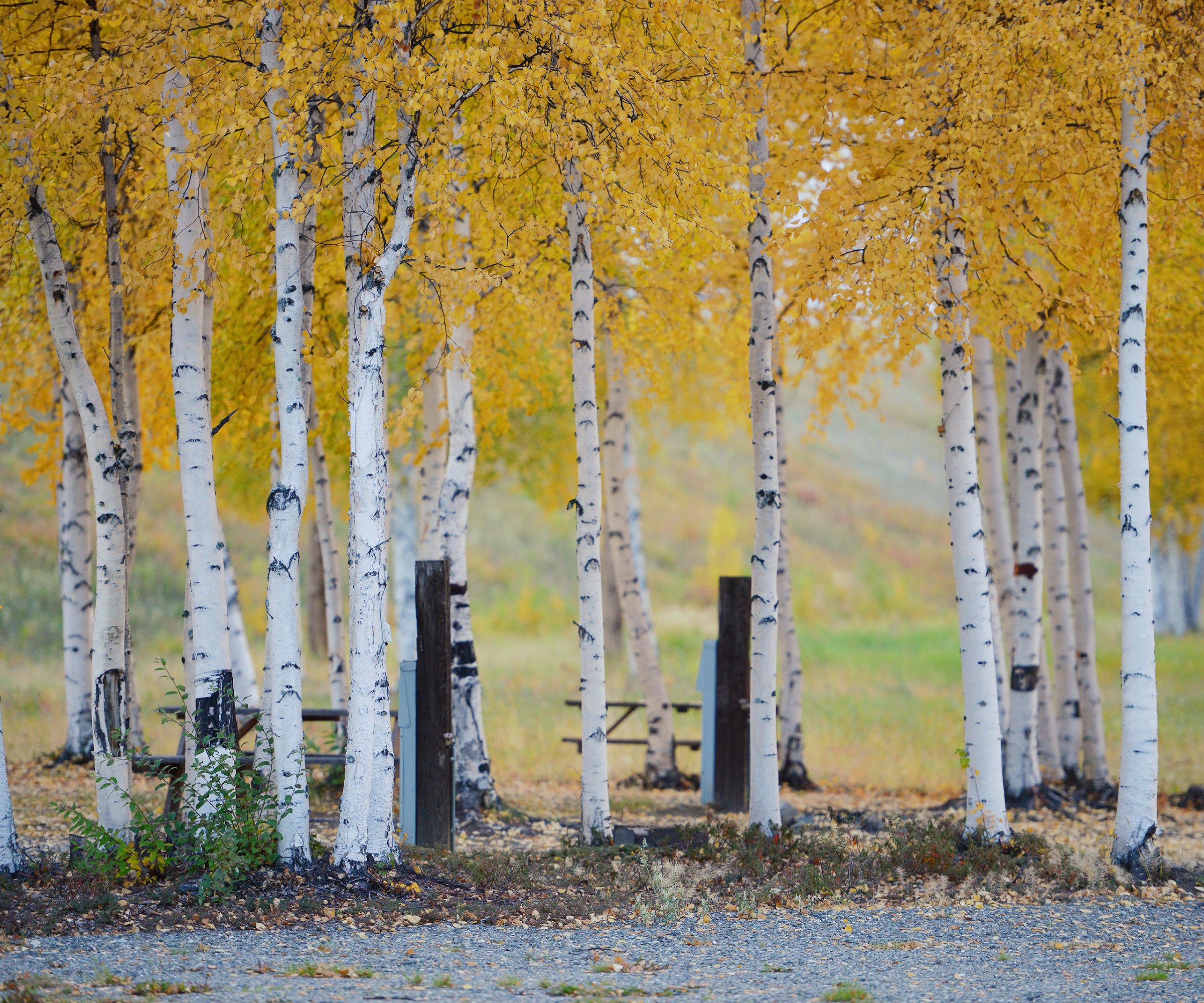
Quaking aspen is one of the more beautiful native trees, with leaves that appear to tremble with every breeze. It can thrive in cooler climates – down to USDA zone 1! – and is a tree to consider for larger front yards. It is a sight to behold in autumn as its fine-toothed leaves turn a brilliant yellow. The quaking aspen tree grows quickly to between 20 and 50 feet tall and can form clumps if left to their own devices.
3. Japanese Maple (Acer palmatum)
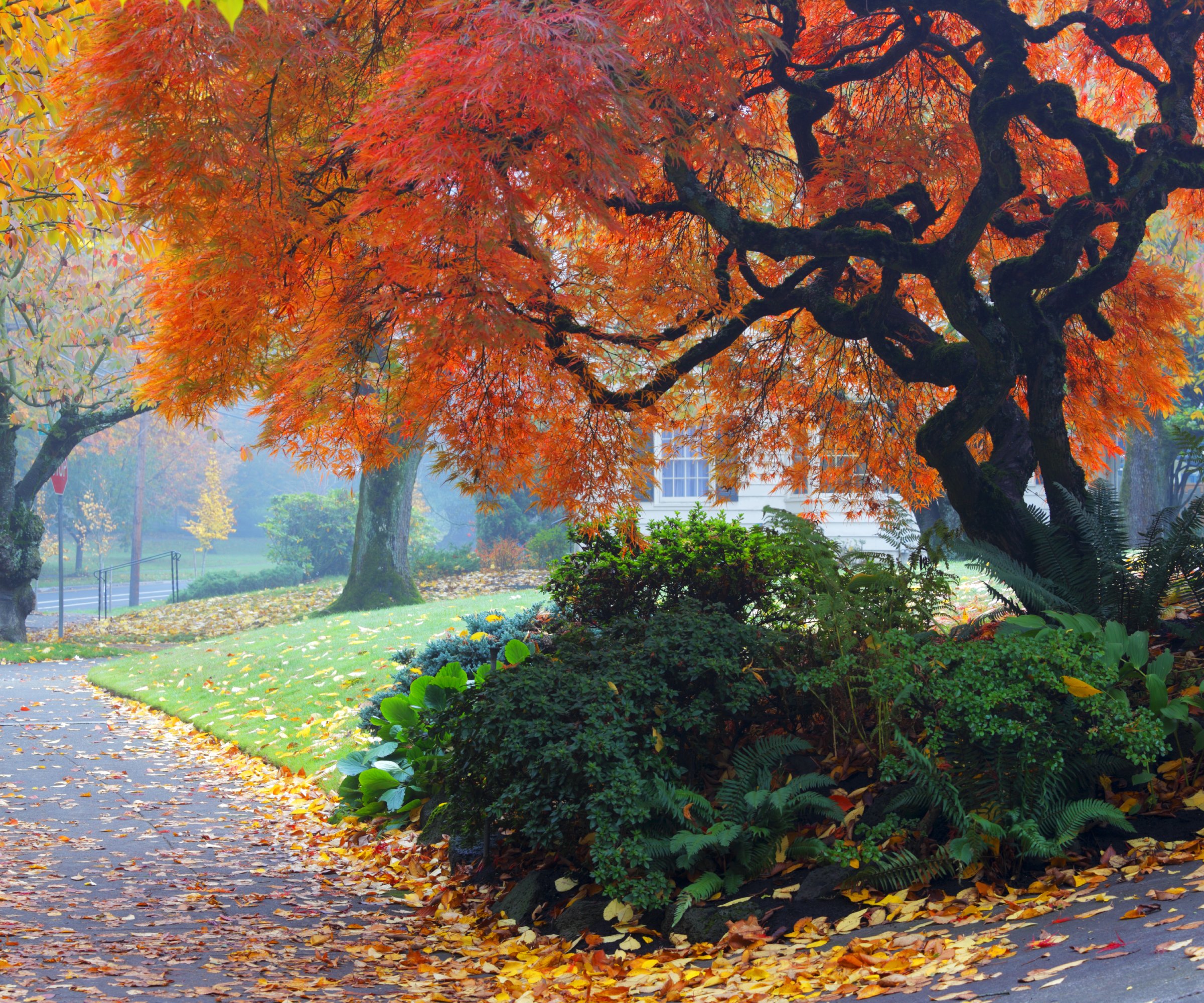
The beautiful Japanese maple – beloved for its exceptional leaves - is without question one of the best trees for front lawns, in part because of the vast variety available. You can find Japanese maples that top out at anywhere between 3 feet (1m) to 24 feet (8m) tall with growth patterns from mounding to upright to weeping. Most have delicately lobed leaves that turn brilliant shades in autumn. They are hardy in USDA zones 5-9.
Sign up for the Gardening Know How newsletter today and receive a free copy of our e-book "How to Grow Delicious Tomatoes".
4. Maidenhair Tree (Ginkgo Biloba)
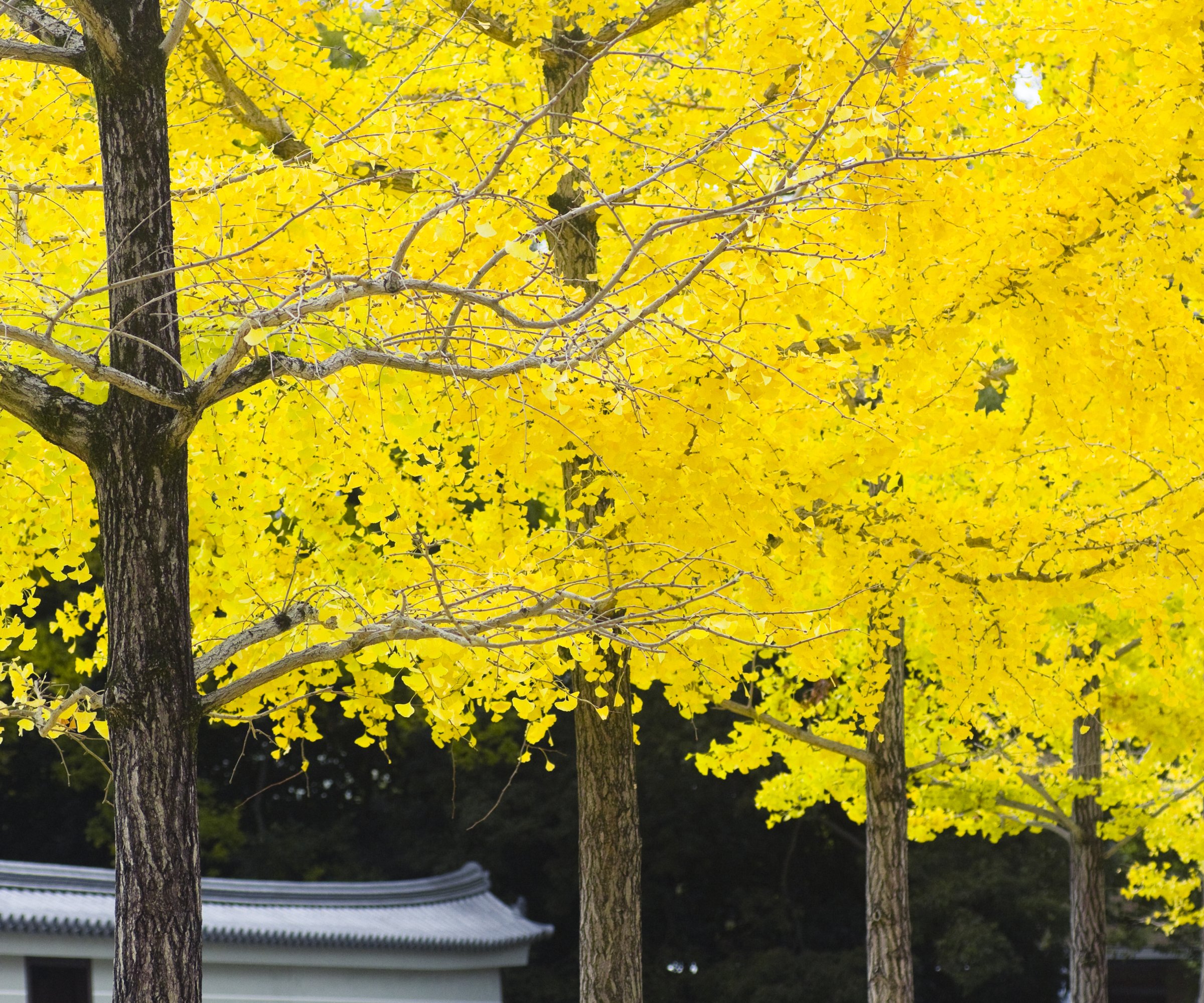
Ginkgo trees are easily recognizable because of their unique, fan-shaped leaves that turn a striking bright gold color in the fall. They are medium-sized deciduous shade trees, growing slowly to between 35 and 50 feet (5.5 – 16.5 m) tall in USDA zones 4 – 9. Get a male gingko tree to avoid the smelly ginkgo fruit the females bear. There are many male-only cultivars to choose from. Those with smaller front yards might consider “Pendula,” an umbrella-shaped ginkgo that tops out at 8 feet (2.5 m) tall.
5. Flowering Dogwood (Cornus florida)
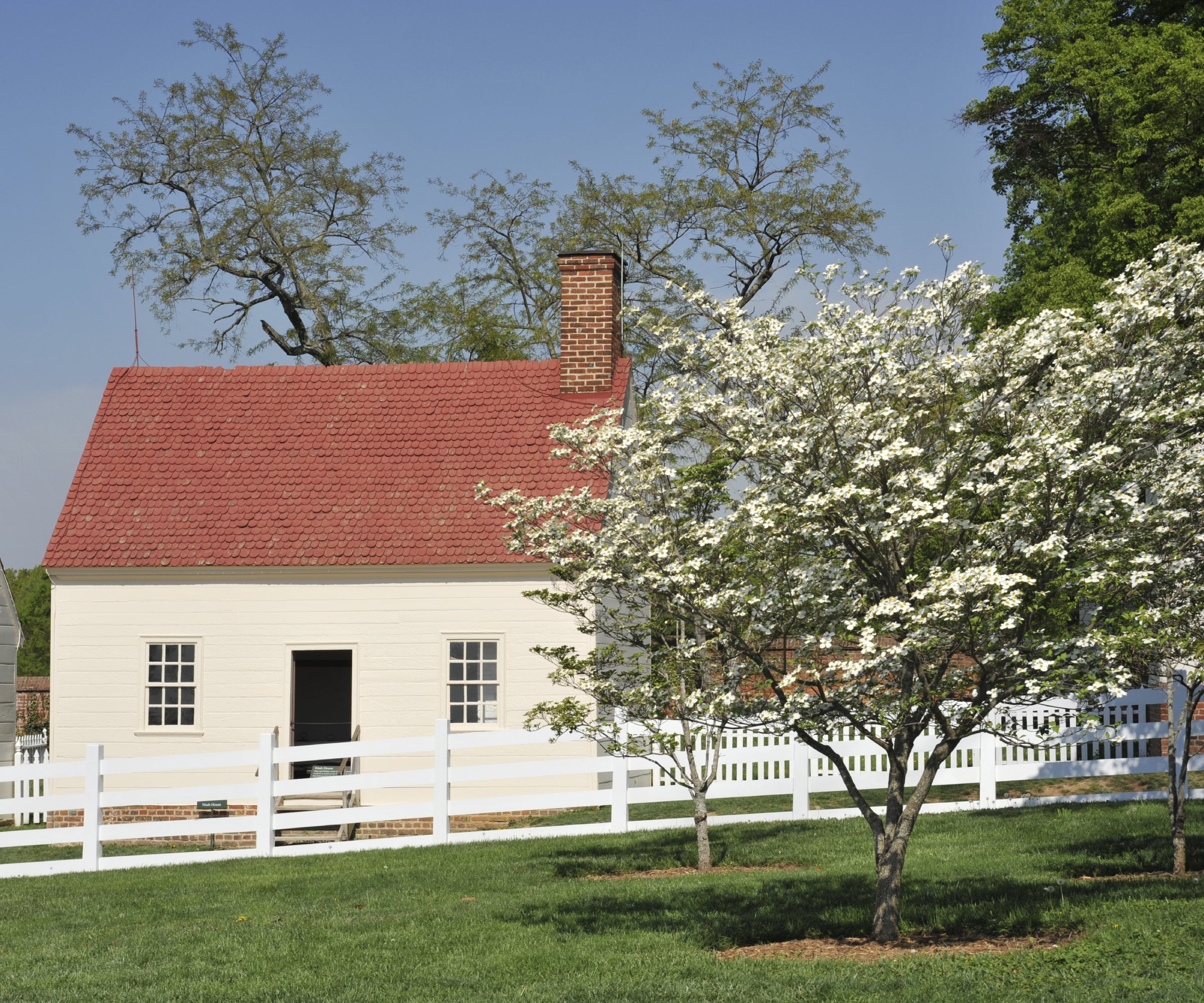
The flowering dogwood is an extremely popular native tree. Topping out at 30 feet (10m) tall, flowering dogwoods are the perfect size to be great front yard trees. And talk about ornamental! The spectacular white flowers fill the bare branches in spring before the leaves appear, the leaves turn fiery colors in fall, and the red berry-like fruit persist into winter. Select the size and characteristics you want from among hundreds of cultivars. Most like shade and thrive in USDA zones 5 – 9.
How to Choose the Best Tree for Your Front Yard
Choosing the best tree for your front yard is not a matter of “falling in love” with a species. The tree will be an important part of your landscape for years, so take the time to consider all factors.
First, get a good understanding of your hardiness zone, your climate, and the conditions of the site. Does it get sun? What kind of soil do you have? What would be the best dimensions for a front lawn tree on your property?
Second, consider practical issues like how tolerant the species is to environmental conditions. Is it drought-tolerant? Will it tolerate your soil or air pollution? How much maintenance are you willing to invest in your tree? Most homeowners will do well to pass up trees that require a higher degree of maintenance.
Frequently Asked Questions
How much maintenance will a front lawn tree require?
The amount of maintenance a tree requires depends on the species and the planting site. All trees are easier to care for and more vital when planted in an appropriate site for the species.
What characteristics make a tree undesirable for the front yard?
If a tree can be expected to cause problems for the homeowner, it is deemed undesirable for the front yard. For example, trees with invasive roots, trees that drop a lot of fruits, twigs, and detritus, trees with smelly fruits, and trees that grow too tall are all undesirable.

Teo Spengler is a master gardener and a docent at the San Francisco Botanical Garden, where she hosts public tours. She has studied horticulture and written about nature, trees, plants, and gardening for more than two decades, following a career as an attorney and legal writer. Her extended family includes some 30 houseplants and hundreds of outdoor plants, including 250 trees, which are her main passion. Spengler currently splits her life between San Francisco and the French Basque Country, though she was raised in Alaska, giving her experience of gardening in a range of climates.